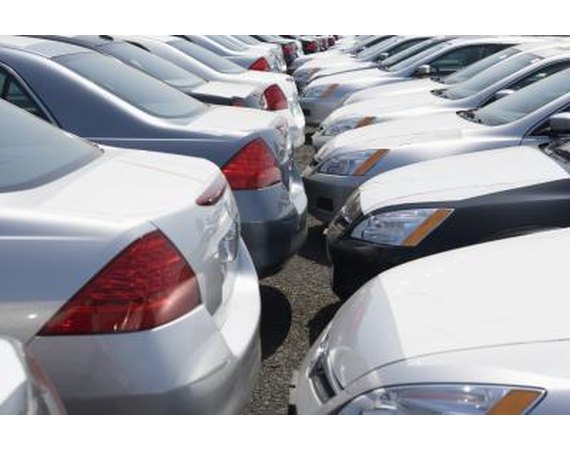If you are unable to make payments to your lender after a repossession, a court judgment likely entitles the lender to collect the balance due on the loan. While your lender may still accept a payment plan if you act quickly, it can garnish your wages to collect the money you owe.
Payment Plan
You might not have to pay the total judgment amount. Contact the party handling your account, whether the lender, its lawyer or a collection agency. Review your summons, contact your previous lender or ask the court to obtain the contact information of the entity suing you. Before calling, review your budget to determine how much you can afford to pay each month. Offer to make payments to satisfy your remaining loan balance.
Credit Damage
A repossession and history of late payments damage your credit rating. Both instances remain on your credit report for at least seven years. Once the collector wins its case against you, the judgment is also reported to the credit bureaus. The loan account information and a judgment are listed separately on your credit report. If you satisfy the judgment amount, it still remains on your credit report for seven years. If you don't pay the balance, the judgment may remain on your credit report indefinitely, depending on the creditor.
Settlement
You may be able to settle your debt with the creditor for less than the amount owed. If you pay a lump sum, the creditor might take far less for your debt. If you settle the debt, the repossession and judgment listed on your credit report will update to reflect the settlement payment. The amount excluded from your debt is considered income by the Internal Revenue Service. For example, if you owe $8,000 on your car loan and settle for $3,000, you must claim $5,000 as income on your taxes.
Wage Garnishment
If you don't settle your debt or pay it off, the debt collector may garnish your wages. After the judgment, your employer may obtain a court order to collect payment automatically from your paycheck each pay period. Bankrate.com warns that a creditor may take as much as 25 percent of your paycheck. Garnishment rules differ by state, and several states don't allow wage garnishment for repossessions or credit card debts. Speak with a lawyer to find out if you're at risk for wage garnishment.






















